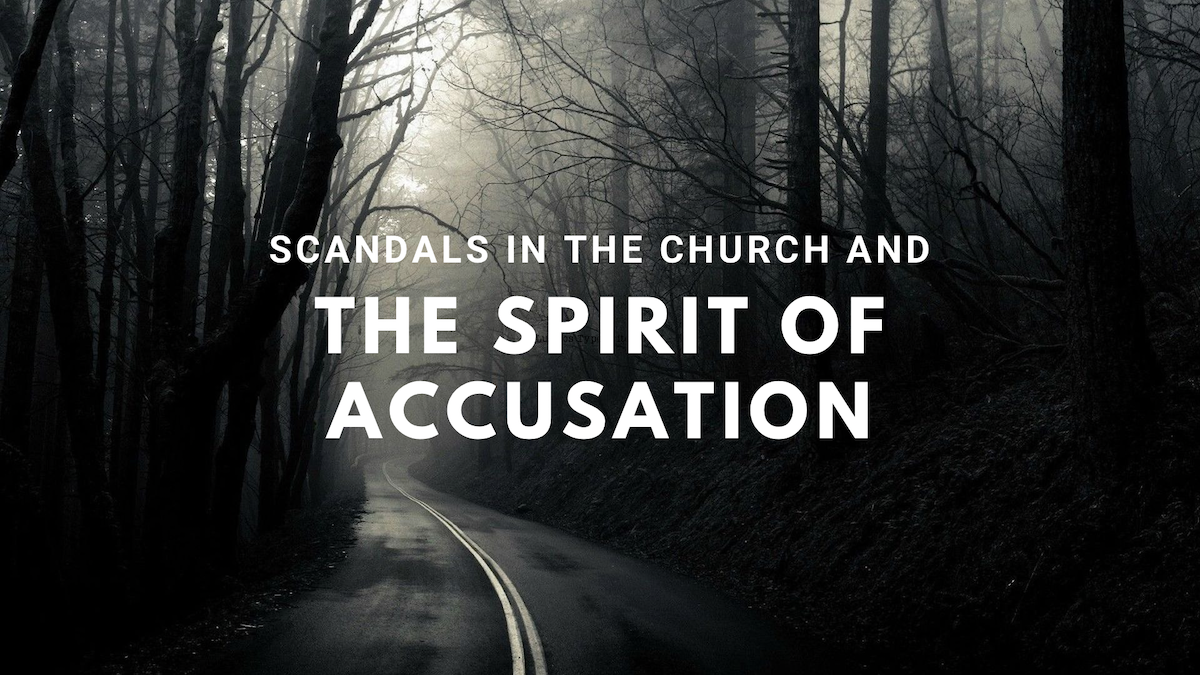A false teacher can be anyone in a position of spiritual authority or claiming to be. Wolves don’t often attack wolves, but they do go after sheep. They bring destructive teachings and lies into the church, often, by telling people what they want to hear (cf. Jeremiah 23). They provide layers of truth mixed with error, but even a broken clock is right twice a day.
Jesus said, “Beware of false prophets, who come to you in sheep’s clothing, but inwardly they are ravenous wolves. You will know them by their fruits” (Matthew 7:15-16b).
“Beware” means to be on alert…to discern what is being said. False teachers take advantage of the fact that many people are not well educated in fundamental biblical truths. To detect a counterfeit, one must first know what the original looks like. It’s impossible to gain a clear picture of absolute truth without going directly to God’s Word. Unless one is firmly grounded in God’s Word and led by His Spirit, one can easily be led astray.
Wolves don’t advertise, instead, they “look” like sheep. False teachers aren’t dressed in red holding a pitchfork. They often look the same as everyone else. They subtly challenge the inerrancy and authority of Scripture, and they add to Salvation…it’s not in Christ alone. Legitimate teachers recognize the deity of Christ. False teachers promote salvation through works and not through faith alone. One must belong to their Society, Institution, or Church in order to be saved. This is a false gospel.
Jesus encourages His followers to be fruit inspectors. I came across a great article from the Gospel Coalition written by Colin Smith entitled, 7 Traits of False Teachers. This precise article identifies the fruit of false teachers. The link is at the bottom for those who want to read Colin’s complete piece. I’m going to spend the next few minutes quoting directly from it. He compares the authentic with the counterfeit from 1 & 2 Peter. Colin wrote…
1. Different Source—Where does their message come from? Peter says, “We did not follow cleverly invented stories when we told you about the power and coming of our Lord Jesus Christ” (1:16). And then he says the false teachers exploit you “with stories they have made up” (2:3). So the true teacher sources what he says from the Bible. The false teacher relies on his own creativity…
2. Different Message—What is the substance of the message? For the true teacher, Jesus Christ is central. “We have everything we need for life and godliness in Him” (1:3). For the false teacher, Jesus is at the margins: “They will secretly introduce destructive heresies, even denying the sovereign Lord who bought them” (2:1). Notice the word secretly. It’s rare for someone in church to openly deny Jesus. Movement away from the centrality of Christ is subtle. The false teacher will speak about how other people can help change your life, but if you listen carefully to what he is saying, you will see that Jesus Christ is not essential to his message.
3. Different Position—In what position will the message leave you? The true Christian “escapes the corruption in the world caused by evil desires” (1:4). Listen to how Peter describes the counterfeit Christian: “They promise…freedom, while they themselves are slaves of depravity, for a man is a slave to whatever has mastered him” (2:19). The true believer is escaping corruption, while the counterfeit believer is mastered by it.
4. Different Character—What kind of people does the message produce? The true believer pursues goodness, knowledge, self-control, perseverance, godliness, brotherly kindness, and love (1:5). The counterfeit Christian is marked by arrogance and slander (2:10). They are “experts in greed” and “their eyes are full of adultery” (2:14)…
5. Different Appeal—Why should you listen to the message? The true teacher appeals to Scripture. “We have the word of the prophets made more certain and you will do well to pay attention to it” (1:19). God has spoken, and the true teacher appeals to his Word. The false teacher makes a rather different appeal: “By appealing to the lustful desires of sinful human nature, they entice people who are just escaping from those who live in error” (2:18).
6. Different Fruit—What result does the message have in people’s lives? The true believer is effective and productive in his or her knowledge of Jesus Christ (1:8). The counterfeit is “like a spring without water” (2:17). This is an extraordinary picture! They promise much but produce little.
7. Different End—Where does the message ultimately lead you? Here we find the most disturbing contrast of all. The true believer will receive “a rich welcome into the eternal kingdom of our Lord Jesus Christ” (1:11). The false believer will experience “swift destruction” (2:1). “Their condemnation has long been hanging over them and their destruction has not been sleeping” (2:3). Jesus tells us that there will be many who have been involved in ministry in his name, to whom he will say, “Depart from me; I never knew you” (Matthew 7:21). *7 Traits of False Teachers by Colin Smith: http://thegospelcoalition.org/blogs/tgc/2013/03/19/7-traits-of-false-teachers/
Colin makes some great points, and it begs the question to pastors, “If people are not changing and growing closer to God, are we challenging them…or are we catering to what they want to hear?”
Wolves don’t advertise, but God does. He offers hope and salvation: “Call on Me. I will never leave nor forsake you…call on Me and I will heal your past and redeem your future…call on Me and you will be saved” (cf.; Deuteronomy 31:6; Ezekiel 34:16; Joel 2:32). You can trust God’s marketing plan.





















